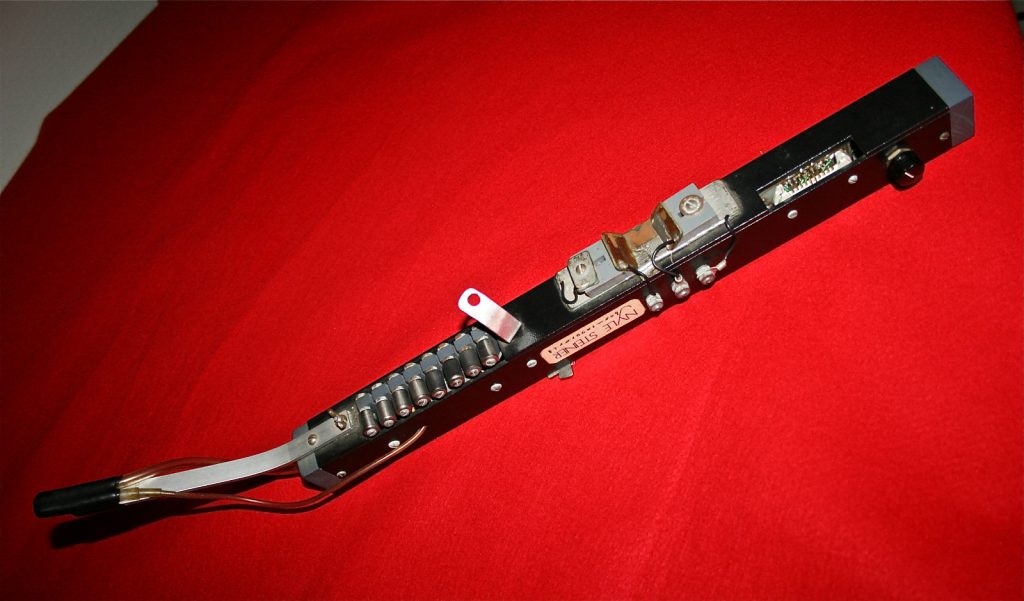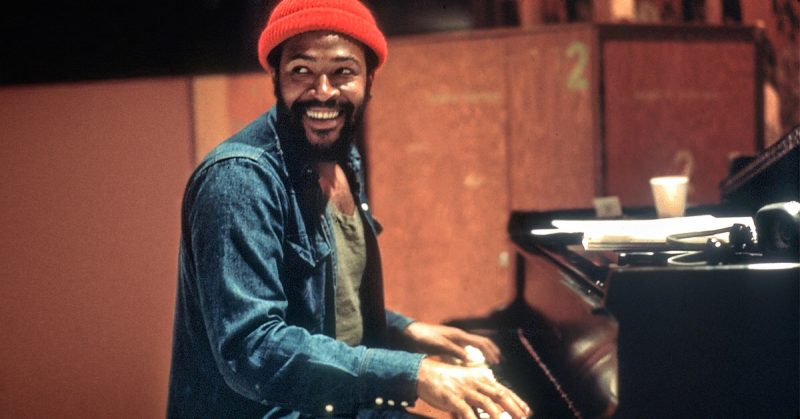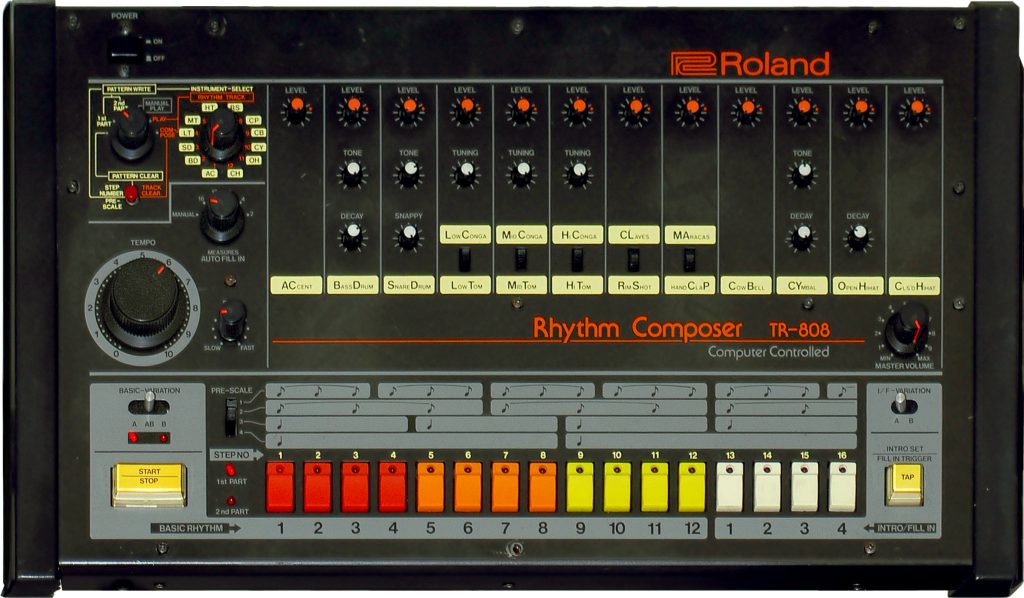The bassoon reed: so small, yet so capable of ruining my life. The bassoon reed is one of the few pieces of technology that makes life difficult just as often as it makes life easy. Every bassoonist knows the struggle: you spend hours on one reed, only to find out that it is not, and never will be, very good.
At the foundation of the bassoon reed is a plant called Arundo donax, or, more commonly, “giant reed.” Once it’s harvested and sent to bassoonists, it’s generally referred to as “cane.” It is an invasive species and grows all over the world, but most of the cane used for bassoon reeds is grown in France. That may seem like an oddly specific, arbitrary location, but there actually is a difference in the makeup of the plant depending on the region in which it grows. Arundo donax contains certain percentages of natural minerals and chemicals that serve to protect it from insects. One of these minerals is silica (a glass-like mineral that gives a piece of cane strength), and the amount of it that is in the cane dictates whether or not it is usable for the purpose of reed making. Too much means the cane will be too stiff to vibrate (making it very difficult to make a sound), and too little means that it vibrates much too easily and will probably sound similar to a kazoo. Basically, there are only certain regions in which cane grows in an ideal way for reed making, and France just so happens to have ideal growing conditions.

When the cane first reaches the bassoonist, it looks nothing like a reed. At this point in the process (wherein the only thing done to the cane has been harvesting it and cutting it into sections about one foot tall), it pretty closely resembles a bamboo shoot.

This is where the manual labor begins for the bassoonist. To put it simply, the tube has to be split into four equal pieces and cut to a precise length, and the inside material has to be scooped out and thinned. At this point, the cane has undergone what is called the gouging process, and it looks like this:

The cane then undergoes a series of transformations during which it begins to look like a reed. These would be boring and confusing to explain, but this video of Abe Weiss (the former principal bassoonist of the RPO) does a good job of demonstrating the steps. The first half of this video is about the steps involved in processing cane, and the second half is about finishing the reed.
How someone chooses to finish a reed depends on a variety of factors. These factors include things like where they live, who they study with, and what kind of playing they plan on doing. According to George Sakakeeny in his book, Making Reeds from Start to Finish, there are three main styles of reed making which all suit different needs.
The first distinct reed style is the Garfield style. This type of reed is rare and mostly found in North America. It is named for Bernard Garfield, who developed it in the mid-twentieth century while playing in the Philadelphia Orchestra. The goal of this reed type was to achieve a darker sound that was easy to control for orchestral playing. Over the years it has fallen out of favor, mostly because it does not project well. The other two reed styles don’t have special names. One is used mainly in North America and tends to elicit a brighter sound from the bassoon. This type of reed is good for solo and principal orchestral playing. The third is used pretty much everywhere outside of North America, and elicits a darker sound from the bassoon. While there are three “main” styles of bassoon reeds, every individual adjusts their reeds to suit their needs in so specific of a way that almost no two people’s reeds are the same.
In terms of development, the bassoon reed hasn’t really changed since…pretty much ever. Even dulcians (the precursors to bassoons) used reeds that look similar to ones bassoonists use today. Obviously there are differences in things like shape and size, but the general structure of the bassoon reed doesn’t seem to have gotten an update in over 300 years.

Making a reed out of organic material, however, can be a frustrating task given how inconsistent plants can be. This means reed making ends up being an incredibly time-consuming task since at least half of all reeds are not suitable to be played and have to be thrown out. As a result, modern companies are trying to find a synthetic material that will work just as well as traditional bassoon cane. The forerunner in this industry right now is Légère, which has created a synthetic reed that, all things considered, functions pretty well. That being said, they are not widely accepted in the bassoon world yet. Reed making is honestly a pretty culty thing, so much so that people tend to look down upon people who don’t make their own reeds. Steve Paulson, the principal bassoonist of the San Francisco Symphony even said, “I’m almost reluctant to reveal publicly how much I am enjoying the experience. As good as these reeds are, I’m sure that even the folks at Legere understand that it will take a long time to have synthetic reeds accepted as mainstream in our worldwide culture of bassoonists, at least among professionals. Prospective conservatory students will want the assurance that a bassoon teacher will continue devote the time and energy to the teaching of cane reed making, as I will, even if the professional happens to be “doing a little Legere on the side”.
Reeds are a vital part of the bassoon playing experience. Without a good reed, there’s no way to play the bassoon to the standard of an orchestra or any ensemble for that matter. They are the most important piece of technology a bassoonist has available to them, and, in the process of being made, the reeds accrue their own history. Through understanding how a reed is made and how specific they are to different people/regional sound preferences, we can gain an appreciation for how bassoonists have adapted this technology to make it meet their individual needs.
















